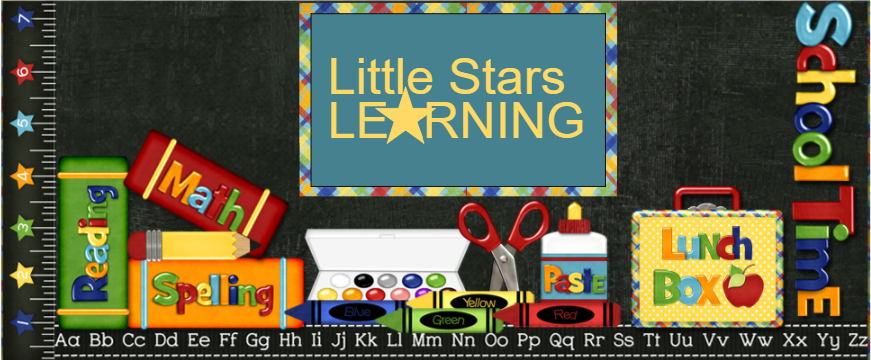22% of children under five are latino in America. 40% of children under the age of five in California are described as dual language learners. There are "140 different languages represented in Head Start alone." We live in a multicultural, multilingual society.
Children under the age of five learn a second language in the same way they learn the first one and stored in the same area of the brain. However, after the age of five, a second language is learned and processed in an entirely different way. Anyone learning a second language after the age of five can never have the fluency of a native because they didn't learn it within the appropriate developmental window to do so.
"Infants have the innate capacity to acquire two languages without significant costs to the development of either language." Patricia Kuhl of the Center for Mind, Brain and Learning at the University of Washington.
Another study found that even learning up to three languages was seamless for children younger than five.
I describe it to parents as learning that mom, momma, mommy, Jen and Jennifer all mean the same person. It's just more words to describe the same thing, and just as children learn that certain word choices are more appropriate to certain situations, they learn to distinguish when each language is appropriate to be used.
Children who learn two languages have greater neural activity and become "better at focusing on details and on certain literacy-related tasks."
My sister-in-law is Phillipino. Her children do not speak it. My cousin-in-law is from Uzbekestan. She doesn't speak her language to her daughter, either, even though both of these children spend time around family that do not speak English. It was so difficult for these women to learn English later in life, that they didn't want that for their American children, so they only speak English around them. I have tried and tried to explain that it doesn't work that way, that they are doing their children a disservice by denying them a chance to learn another language from a native speaker. So many of us do not have that to offer.
I have 5 years of French and 2 years of Spanish instruction and know that I don't speak either at all well enough, but I have the ability to work on vocabulary and grammar and the basic instruction of any language, the children just don't get the best intonation from me.
It becomes harder as they get older. Here, we work on our native American English along with Spanish and Mandarin Chinese. My son didn't start learning Mandarin until he was 8, and it became more difficult for him to distinguish between the three. He said one day, "Nǐ hǎo, me llamo es Jacob." However, all the other children understood him, because they knew and understood the same words.
I am not an especially fluent speaker of either Spanish or Mandarin, and neither are their parents. I had one little girl at two yelling, "Ayúdame! Ayúdame!" at her parents and they had no idea what she was saying. Unfortunately, it was "Help me! Help me!" So, I try to make sure to teach the parents along with the children, especially on words that could be potentially very meaningful. One of my little ones, turned two yesterday, was going over colors with his mother a couple weeks ago and was telling her them in Spanish rather than English. Not that I have been teaching them to him in that language, but he's around when the older girls go over them in Spanish and has just picked it up. Again, for little children, it's seamless, almost osmotic, learning. She said she knew that three of them were correct, but she didn't know the others. So, I'm sending her a cheat sheet.
My language instruction, like all of my instruction, is play based and interactive. Language of any kind is only meaningful in context and usage. When you are holding a child's jacket out to them, you can use any language and the child will understand you. The children in my care are expected to repeat what I say to them. This helps greatly in learning language. They can hear it from me, physically experience it in some way, and say it, reinforcing the learning process.
When you think that over a quarter of this nation will be speaking a second language by the time these children are adults, even if they are in a fairly homogeneous group of peers at the moment, we are doing them no favors by not teaching a second language from the beginning. Dual language learners will be their friends, co-workers and bosses in the future. The ability to understand and communicate on many different levels and in many different ways can only be an asset we give our children.
I strongly urge other childcare programs to try to integrate a second language into their everyday interactions. For parents, I urge you to fall back on that highschool or college language, recruit family and friends who speak a second language to work with your child, begin to learn a second language and teach your child at the same time, or at least find a quality childcare provider or educational program that has a second language component to it. Beginning language education at the middle-school level, as we normally do, is just not the same.
Birth-5 is the time.
Tags: spanish, chinese, preschool, childcare, daycare, pre-k, prek, language, infant, toddler, preschooler, second language, bi-lingual, dual language, learning, foreign language, language

















No comments:
Post a Comment
Note: Only a member of this blog may post a comment.